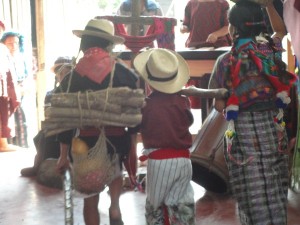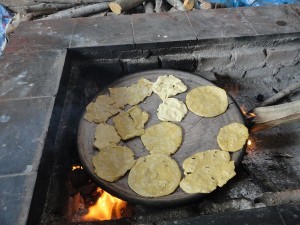I saw Dr. Jane Aronson’s open letter to President Clinton on another blog, Whatever Things Are True. Dr. Aronson is founder and CEO of Worldwide Orphans Foundation, and writes with the authority of a physician involved in international adoption for some twenty years. Her message is so passionate I’m also printing it here, in the hopes of adding to the letter’s readership. Dr. Aronson’s subject is the recent news about adoption from Ethiopia, and her interpretation of its meaning.
March 13, 2011
An Open Letter to President Clinton
Once again, tragedy strikes orphans – children who might have been adopted into a permanent home have had their hopes and dreams demolished. This time it’s Ethiopia, where international adoption has been growing rapidly over the last six years, beginning with a handful of older children in the 1980’s and 90’s. By last year 2,500 children – sweet babies and toddlers – were adopted by American families.
Now, the Ethiopian government has announced that it is reducing the number of visas approved for adoption from 50 per work day to five. The outcry from those waiting to become parents, from adoption agencies and from not for profit organizations advocating for children, is predictable and equally predictable, the world at large appears to be indifferent to the anguish this ruling is causing. And so, the numbers of children adopted from Ethiopia will decrease, the time it takes to adopt will increase, and international adoption in general, and the children in particular, are the losers. (more…)



 ShareThis
ShareThis








